
by L Baures | Jun 19, 2018 | Automotive News
Sen. John Barrasso (R-WY) opens the discussion.
In June 2018, the Senate Environment and Public Works Committee held a hearing in Washing D.C. to discuss the future of autonomous vehicle and transportation infrastructure. Chairman of the U.S. Senate Committee on Environment and Public Works, Senator Barrasso’s opening statement included, “New vehicle technologies offer many potential benefits and could transform the way that we view surface transportation all together”. He went on to say that, “Soon, elderly and disabled American’s, as well as those without a car of their own, may be able to travel via vehicle with greater ease and greater independence. Likewise, these innovations have great potential to reduce crashes and fatalities, to improve mobility and to increase the efficiency of the roadway system.”

Bill Panos, Director, WYDOT
Photo courtesy WYDOT
Wy Dept. of Transport Director William Panos testifies at Senate hearing.
During the discussion that lasted an hour and a half, William Panos opening statement addresses some concerns looking to the future. He questions how autonomous vehicles will handle roadwork zones, and what are the signage and striping requirements. Panos also brings up, that enabling DSRC (Dedicated Short Range Communications) on long rural highways could be costly, so would there be an alternative, such as using cellular networks. He also mentions that the FHWA (Federal Highway Administration) announced a series of meetings to discuss autonomous vehicles and infrastructure and encouraged Congress to move forward with those meetings. WYDOT is currently testing DSRC on I-80.
Wyoming testing connected vehicles.
During the entire hearing, Wyoming was mentioned more times than Detroit. Probably because it’s one of only 3 States currently testing connected vehicles. The Wyoming Dept. of Transportation (WYDOT) runs a connected vehicle pilot program that includes Vehicle to Vehicle (V2V) communication, Vehicle to Infrastructure (V2I) communication and Infrastructure to Vehicle (I2V) to communication. The idea behind this is to ultimately improve safety by monitoring I-80 and alerting drivers of road conditions. Panos stated that in 2016, there were more than 1600 crashes on I-80, which resulted in 18 fatalities and 271 injuries. In December of 2016, I-80 was only fully open for 8 days.
“The Wyoming pilot program will test new safety technology, such as advanced forward collision warnings, to let travelers know of crashes ahead,” Panos said. “It will also provide immediate situational awareness warnings about weather alerts, speed restrictions, parking availability, and so forth; detailed and current work zone warnings; specialized spot weather impact warnings for ice, fog, and other hazards; and notifications from disabled vehicles.”
Connected vehicles, aren’t necessarily autonomous vehicles, Panos says, but people are driving cars increasingly equipped to able to receive DRSC data. In fact, over 100,000 DSRC equipped Toyota’s are currently on the road in Japan, according to automotive journalist Aaron Turpen of TorqueNews. Turpen’s article also states that Toyota and Lexus will have the technology in the U.S. by 2021.
The system was initially tested on WYDOT vehicles but has now expanded into fleet and freight vehicles.
Shailen Bhatt, President, and CEO of the Intelligent Transportation Society of America (ITS America) also testified at the hearing. “Advances in robotics, artificial intelligence, and wireless communications have inspired a race to make the next generation of mobility a reality. We are on the leading edge of a technology revolution that will define the way people, goods, and information move in the 21st century.” He also talks about maintenance of existing roads, bridges and other infrastructure is critical to being globally competitive.
Bhatt requests for long-term sustainable funding and that there be a Federal framework in place for consistency. “…so that we don’t have 50 different States (and then along with other cities and jurisdictions) developing their own standards when it comes to the operation of these vehicles.’
New York Commissioner says it should be up to the vehicle’s, not the city’s infrastructure.
New York Commissioner Trottenberg said, “Comments from industry suggest that cities need to get their infrastructure ready for the deployment of HAV’s (Highly Automated Vehicles). I would argue just the opposite.” she said. “New HAV technology should instead be prepared to operate safely and effectively in complex and urban environments, in snow, with traffic control officers managing an intersection when signals are out, and judgment is needed. Or when pavement conditions or lane markings are deteriorated.” Trottenberg says, “It’s simply not realistic or feasible to expect cities to overhaul their existing roadway infrastructure to accommodate a still, somewhat, unproven technology.”
Moving forward
Further discussion brought up points such as; a ‘vehicle eye test’ to make sure the vehicle knows what it is seeing is real, a rating system for cybersecurity of that similar to the NHTSA 5-star safety rating and a roadway classification system (that would determine the difference in roads from dirt roads to highways). There was also mention of a road usage charge to fund the new technology.
Be part of the Wyoming Connected Vehicle Program.
Contact
Read our article on talking cars.
Sources:
“Autonomous Vehicles and Transportation Infrastructure .” C-SPAN.org | National Politics | History | Nonfiction Books, Senate Environment and Public Works Committee, 13 June 2018, www.c-span.org/video/?446972-1%2Fsenate-committee-examines-infrastructure-autonomous-vehicles.
Inama, Aimee. “WYDOT Director Bill Panos Addresses U.S. Senate Committee about Intelligent Driving Systems.” WYDOT, Wyoming Department of Transportation, 15 June 2018, www.dot.state.wy.us/news/wydot-director-bill-panos-addresses-us-senate-committee-about-intellig.
Turpen, Aaron. “Toyota to Have Connected Vehicle Technologies in the US by 2021.” New Atlas – New Technology & Science News, New Atlas, 19 Apr. 2018, newatlas.com/toyota-connected-vehicle-dsrc/54283/.
Read our article on talking cars.

by L Baures | Jun 15, 2018 | Trusted Auto Pros
Two Times National Finals Rodeo (NFR) Bullfighter Nate Jestes is in Casper, Wyoming for the College National Finals Rodeo.
A Fort Collins, Colorado native, Nate went to school at Montana State University but currently lives in Douglas, WY. Nate and his wife travel all over the United States from the Ellensburg WA to Billings MT for Nate to fight bulls. Whilst in Casper for the CNFR, we get an interview to find about more about him.
The CNFR continues at the Casper Events Center every evening this week until the Finals on Sat June 16th.
Just some of Nate’s bullfighting titles are as follows;
- Twice NFR Bullfighter
- Two-times Columbia River Circuit Finals Bullfighter
- Twice PBR Velocity Tour Finals Bullfighter
- 2015 NFR Top 5 Shortlist Selection
- 2015 Ram Mountain States Circuit Finals
- 2016 Bullfighters Only – Las Vegas – Reserve Champion, RFDTV’s The American – Champion, Oklahoma City PBR – Champion, Lewiston Round-Up- Champion, Dodge City Round-Up-Champion
- Twice National Western Stock Show and Rodeo Champion Freestyle Bullfighter
- 2015 Bulls of the West Freestyle Bullfight Champion
- 2014 American Bullfighting Year End Champion
- 2013 Rex Dunn Memorial Champion Freestyle Bullfighter
- 2013 Colorado State Fair Champion Freestyle Bullfighter
- 2013 James Pierce Invitational Champion Freestyle Bullfighter
Nate’s sponsors include; Fremont Motors, Otterbox, Hooey, M Diamond Angus, Wyoming Tourism, American Hat Co.
![WIN a Jeep Wrangler Rubicon with 1890 Craft and Apparel WY [Video]](data:image/svg+xml;base64,PHN2ZyB4bWxucz0iaHR0cDovL3d3dy53My5vcmcvMjAwMC9zdmciIHdpZHRoPSIxMDgwIiBoZWlnaHQ9IjY3NSIgdmlld0JveD0iMCAwIDEwODAgNjc1Ij48cmVjdCB3aWR0aD0iMTAwJSIgaGVpZ2h0PSIxMDAlIiBzdHlsZT0iZmlsbDojY2ZkNGRiO2ZpbGwtb3BhY2l0eTogMC4xOyIvPjwvc3ZnPg==)
by L Baures | Jun 14, 2018 | Trusted Auto Pros
You could win a Jeep and help fundraise for Hunting with Heroes Wyoming
1890 Screen and Stitch and 1890 Craft Apparel based out of Caper, Wyoming, have partnered with Hunting with Heroes Wyoming on a joint fundraiser. They will be giving away a brand new 2018 Jeep Wrangler Rubicon from Fremont Motors and a 2018 Polaris General 4 1000 from Driven Powersports and Marine. These won’t just be any vehicles though, both of them are getting outfitted with top of the range accessories. Not only that, but the Wrangler is top of the range to begin with; an off-road trail rated Rubicon.
The Jeep Wrangler Rubicon will be the 1st place prize
Here are the fun parts that will be added (stay tuned with 1890 and Trusted Auto Professionals for build progress).
- 2018 model year from Fremont Motor Casper
- Rock Krawler 3.5” Lift
- Custom Bumpers w/LED Lights Front & Back
- 20″ Aftermarket Wheels
- 37” Tires
- Warn Winch
- Custom Badging
- CustomVehicle Wrap by Wyoming Signs
- Custom Branded Seats
- Custom Flat Fenders
Polaris General 4 1000 will be 2nd place prize
- 2018 model year from Driven Powersports and Marine
- Under LED CarriageLighting
- 3 Rigid LED Lights Front and Back
- 29″ Aftermarket Wheels and Tires
- Front/Rear Windows, Roof, and Mirrors
- Custom Mirrors
- CustomVehicle Wrap
- 2 LED 6 ft lighted whips
- Rockford Fosgate Sound System
Scott from 1890 Craft and Apparel decided that Hunting with Heroes WY was a great non-profit organization to partner with due to the appeal of what they do for people. Scott said in our interview he wanted to able to give back.
How to purchase a raffle ticket
To be in with a 1 in 5000 chance of winning, raffle tickets are available to purchase for $100 online at www.wearewyo.com or visit Fremont Motors in Casper, Driven Powersports or 1890 Craft and Apparel. There will be a live drawing on Oct. 4th in Casper.

by L Baures | Jun 12, 2018 | Trusted Auto Pros

Topping up the coolant in the cooling system reservoir
What is coolant?
Coolant ( either ethylene glycol or propylene glycol) is diluted (usually 50/50 with distilled water) antifreeze. It is used for several purposes in your vehicle. As the antifreeze name would describe, in winter it stops the water from freezing. In the summertime, it also helps to dissipate some of the heat from your engine to avoid overheating. Coolant also helps keep your vehicles cooling system clean with rust inhibitors. Rust, dirt and other particles can clog up the cooling system and cause problems.
What colors does coolant come in?
Variations of coolant/antifreeze can come in; pink, red, orange, blue, green, and yellow. This can make it confusing when trying to decide which coolant you need in your vehicle. The different colors can mean different properties of the liquid.

Coolant colors yellow and red
3 main types of coolant
- Inorganic Acid Technology (IAG)-Typically used in older cars up until the mid-90s in the U.S, contains phosphates (corrosion inhibitors) and silicates. Lasts around 2 years. Usually bright green.
- Organic Acid Technology (OAG)- Found in most newer cars, does not contain silicates or phosphates but has azoles and neutralized organic acids (corrosion inhibitors). Provides high-temperature protection for aluminum. Lasts about 5 years. Typically, orange or red in color.
- Hybrid Organic Acid Technology (HOAT)- A mix of the above two types of coolant. This has silicates and has an extended life lasting up to 5 years. Typically orange or yellow.
Which color coolant to use?
As a quick guide, if your topping up the coolant levels, use the same color as is in the vehicle already. However just because it’s the same color doesn’t necessarily mean it’s the same type. Check in your owners manual to see exactly which type of coolant to add to your vehicle. You can also check with your (manufacturer) dealership parts department. Various aftermarket companies and vehicle manufacturers use different colors. For example, Toyota has green and red, but it depends on the year and model of the vehicle as to which kind is needed.
Never mix different types of coolant
Unless you’re an expert on the exact chemical composition and reactions of the various types, keep it simple and stick with what the manufacturer recommends. Mixing the wrong types could cause radiator and cooling system damage (which could lead to engine/waterpump damage) and a repair bill that’ll make you pass out on the floor. Which could then lead to an expensive doctors bill. Check the owners manual.
How much dilution?
First, check to make sure the solution of coolant/antifreeze you buy is not already pre-diluted. From concentrate, most of the time a 50 percent coolant and 50 percent distilled or de-ionized water dilution is recommended.This will protect the system from freezing to about -34 F. For temperatures below that, up to 70% coolant concentrate can be used. Tap water or well water is not recommended due to the minerals in the water.
How often should you change it?
This again depends on your specific vehicle’s manufacturer recommendation. Check the owners manual for your vehicle of with your service dept. Some vehicles require it every 2 years whilst others can come with a ‘lifetime’ blend of coolant. It’s worth noting though, that even though the liquid may still show as ‘full’ in your tank, the active properties of the chemical composition may not be working anymore (ie. it might not be working as intended). A tool called a ‘coolant hydrometer’ can be used to check the specific gravity of the coolant. It won’t tell you if the coolant is still protective against corrosion though.

by L Baures | Jun 12, 2018 | Trusted Auto Pros
2018 National Intercollegiate Rodeo Association RAM truck giveaway

RAM 2500 4×4 with the 6.4 L HEMI
The National Intercollegiate Rodeo Association (NIRA) give away a RAM 2500 truck to a college rodeo student every year. Competing students are entered into a draw to win the truck. NIRA Commissioner Roger Walters pulls out a name during a drawing (with witnesses present) and the truck is presented to the winner at the College National Finals Rodeo (CNFR) in Casper, WY. The CNFR is the big daddy of College Rodeo. It’s a week-long event that takes place, this year from, June 8th to the 16th at Casper Events Center. This year’s lucky winner is Caitlyn Wiswell and it’s a good job she won! We arranged to meet for this interview, and upon initial introductions, I asked her, “how excited are you to win this truck?” Looking back at the truck she arrived in, said,
“I am super excited. Especially since I have to bum rides from rough stock riders to get around.”
Caitlyn Wiswell

Caitlyn is currently a student at Oklahoma Panhandle State University (OPSU) studying Biology with a view to having a future in the medical field, “..after I graduate with a bachelors in Biology I’m going to apply to nursing school and med school. I might apply to vet school, I have another year yet, just kinda wanna get all my ducks in a row before I decide.” She is a breakaway roper and team roper. During the College National Finals Rodeo Caitlyn will be competing in the breakaway roping. She has already competed twice in the finals and will be competing again on Fri evening.
I asked her how did she get started in rodeo and she explained that her dad team roped and her mom ran barrels, “…and I’ve always liked the sport, what’s there not to like. Be outside and rope, just been craving it ever since. It’s a lot of fun.” I asked, why not barrel racing? Caitlyn replied, “…unless you make your own barrel horse, they tend to be super expensive and it’s hard to compete at a collegiate level in the barrel racing. In the breakaway roping, I made my own horse and it was easier to compete at that level. I would love to run barrels it’s just hard to afford a nice horse, that or make a nice one, but I have not made a nice barrel horse yet.”
The reaction to winning
In her spare time, Caitlyn takes in outside horses, rides colts and helps out with day work at local ranches. She was working at a ranch when she got the call.
“I actually almost didn’t answer the phone. We were gathering bulls for my boss and my phone rang, I was like, Wyoming? I was gonna decline it but I was like, maybe this is important. When he told me I had won a truck I thought It was a prank and I asked him to quit playing a prank on me. I started laughing, then he told me it was commissioner Walters (of NIRA) and I started crying. Because obviously as you can see I don’t have a vehicle that runs right now, so I’ve been bumming a truck and thank goodness my coaches are awesome. I borrowed their truck to go to the vet, to get to the College Finals. This is before we even knew I was winning a truck…so I cried for probably ten minutes.”
We were sitting talking away in the 2018 RAM 2500 truck that Caitlyn will get the keys to, after a parade lap during the Saturday Final Rodeo event.
“This is crazy! I seriously have never been in a new vehicle before, in my life” she says.
“No one in my family has ever owned a new vehicle. Ever” she says with a great big smile. “…two days before I got the phone call, the transmission went out on my pickup. I have an 03 dodge 3500. I feel like, sometimes, things happen when you need it the most.”
She’s looking around inside the truck and says, “and it’s four wheel drive, my last pickup was two-wheel drive, so I’m super excited about that too!”
Caitlyn looked at the mileage on the truck exclaiming, “56 miles…my truck has like 356,000 miles”

Caitlyn Wiswell standing next to the truck she will be able to take home after the CNFR.
2019 NIRA CNFR Truck winner

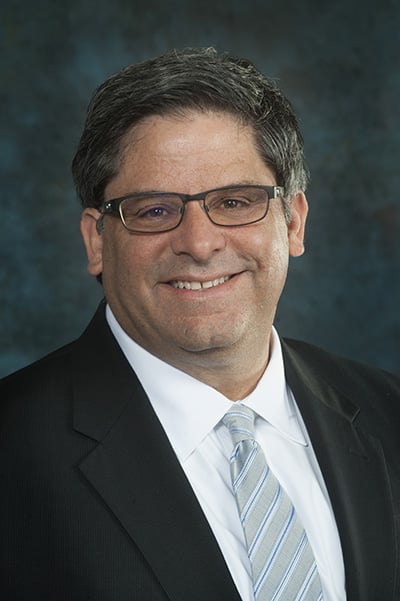
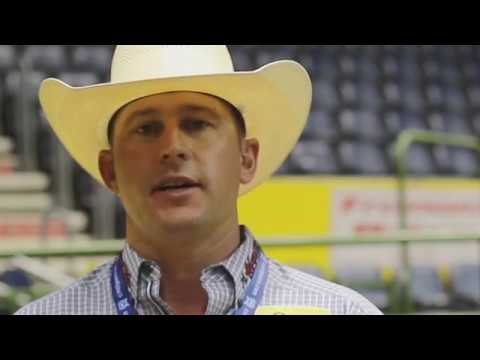
![WIN a Jeep Wrangler Rubicon with 1890 Craft and Apparel WY [Video]](https://tap.fremontmotors.com/wp-content/uploads/2018/06/f0jnliavwuy.jpg)
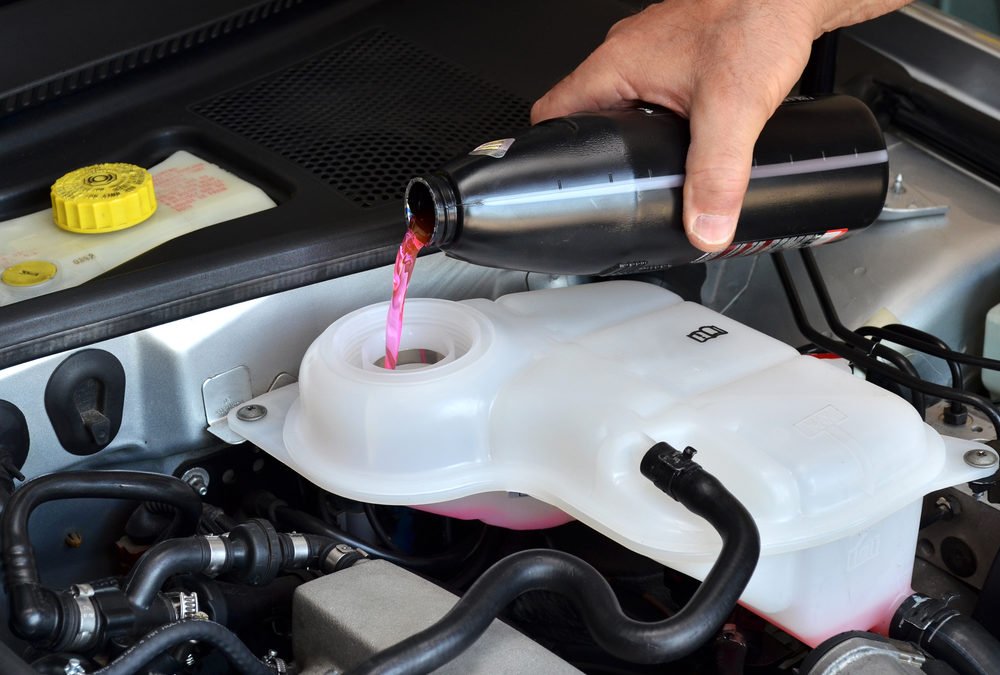

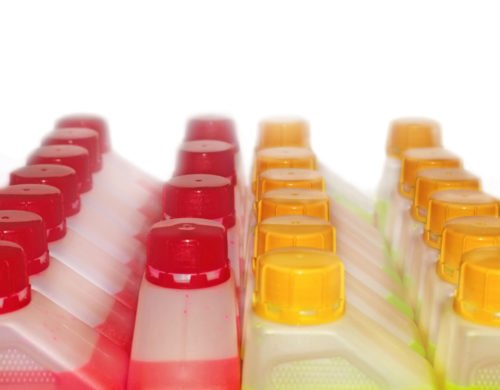

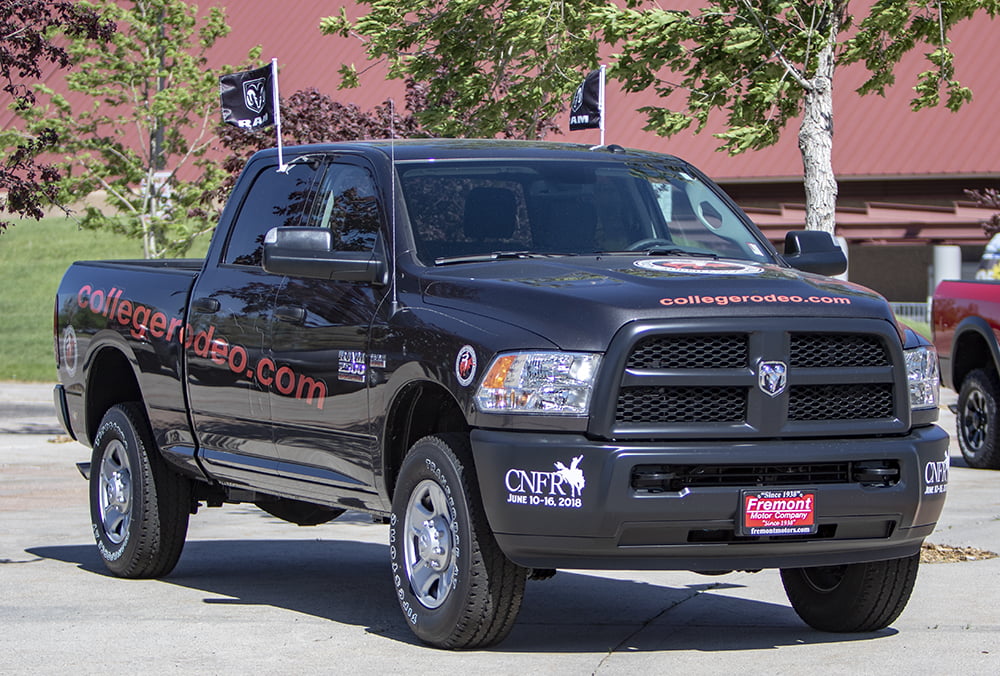

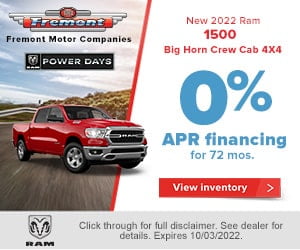
Recent Comments